Abstract
1 Four patients with orthostatic hypotension due to peripheral autonomic neuropathy were studied. The diagnosis was based on severe hypotension during 60-degrees head-up tilting and absence of the systolic pressure overshoot in phase IV of the Valsalva response. Plasma noradrenaline levels were less than 25 pg/ml in two patients and between 50 and 90 pg/ml in the remainder. Noradrenaline was unresponsive to head-up tilting in all. Heart rate did not change after atropine, 1 mg i.v., in three patients. Thus all patients had a postganglionic efferent sympathetic lesion, which was associated with an efferent parasympathetic lesion in three.
2 After propranolol 16 mg i.v. and metoprolol 8 mg i.v., heart rate did not change. After incremental doses of pindolol heart rate rose in a dose-dependent way by a maximum of 18±3 beats/min at 1.6 mg i.v.
3 After treatment with pindolol, 15 mg daily divided in three doses, the patients, who were previously bedridden, were free of orthostatic symptoms and they were able to walk and stand without fainting. Before treatment intra-arterial pressure fell within 2 min from 115±8/58±6 mm Hg to 57±2/40±2 mm Hg after 60-degrees head-up tilting. During treatment supine arterial pressure was 142±9/81±5 mm Hg and all patients tolerated the tilting procedure for at least ten minutes while arterial pressure fell to 98±9/56±4 mm Hg.
4 The increase in supine mean arterial pressure from 72±4 to 102±4 mm Hg after 4 weeks treatment with pindolol was caused by a rise in cardiac output from 4.9±0.6 to 6.8±0.5 l/min. Calculated total peripheral resistance was unchanged. Heart rate had risen from 70±3 to 88±4 beats/min and stroke volume from 66±3 to 80±5 ml.
5 Infusion of isoprenaline in one of the patients showed supersensitivity for the chronotropic and vascular effects of this drug. Similar cardiac and vascular supersensitivity was observed for salbutamol. In this patient the isoprenaline dose-heart rate response curve was shifted to the right by a factor of 6, 72 h after discontinuation of pindolol. The salbutamol dose-heart rate response curve was shifted by a factor of 50.
6 These data illustrate the clinical applicability of the pharmacological principle of partial agonism; a pure antagonist has no effect and a partial agonist acts as a pure agonist when receptor occupancy is low. The observed chronotropic effects of salbutamol provide evidence for the existence of cardiac β2-adrenoceptors in man. Comparison between the cardiovascular responses to the non-selective β-adrenoceptor agonist isoprenaline and the β2-selective agonist salbutamol suggests preferential β2-adrenoceptor sensitisation in chronic autonomic failure, which can be reversed by treatment with the non-selective partial β-adrenoceptor agonist pindolol.
Full text
PDF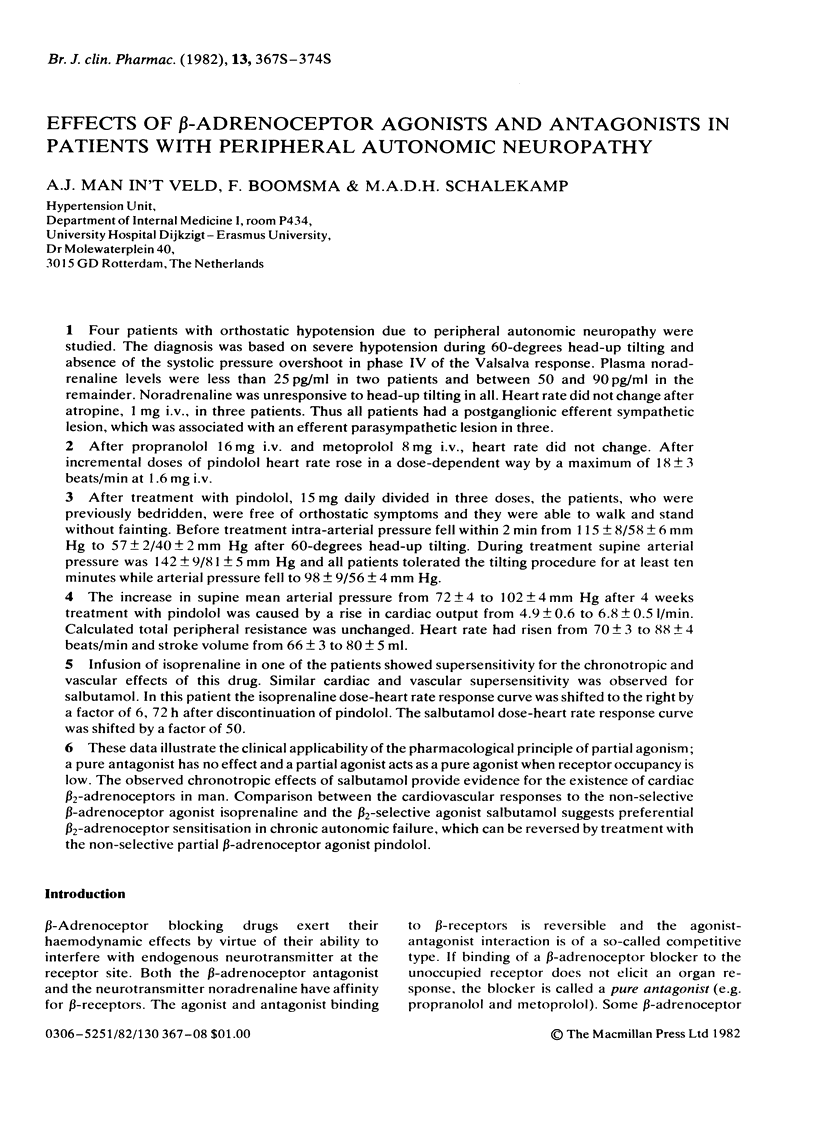
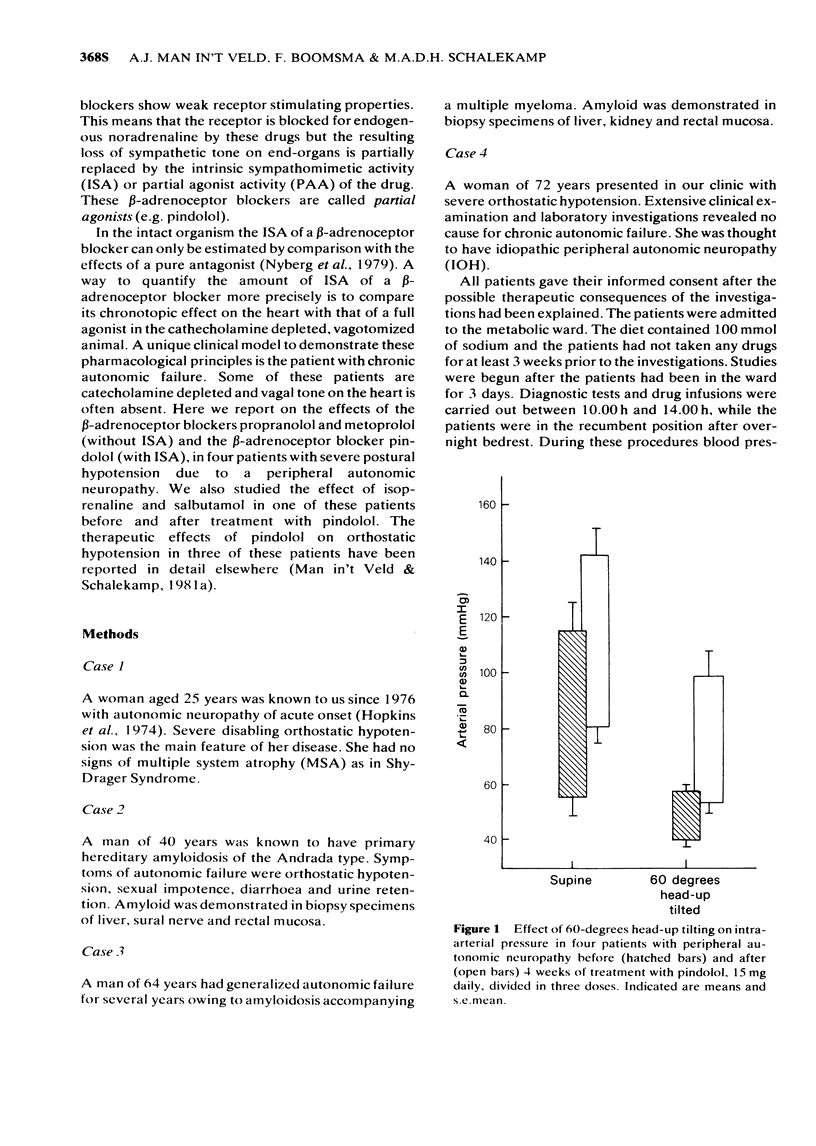
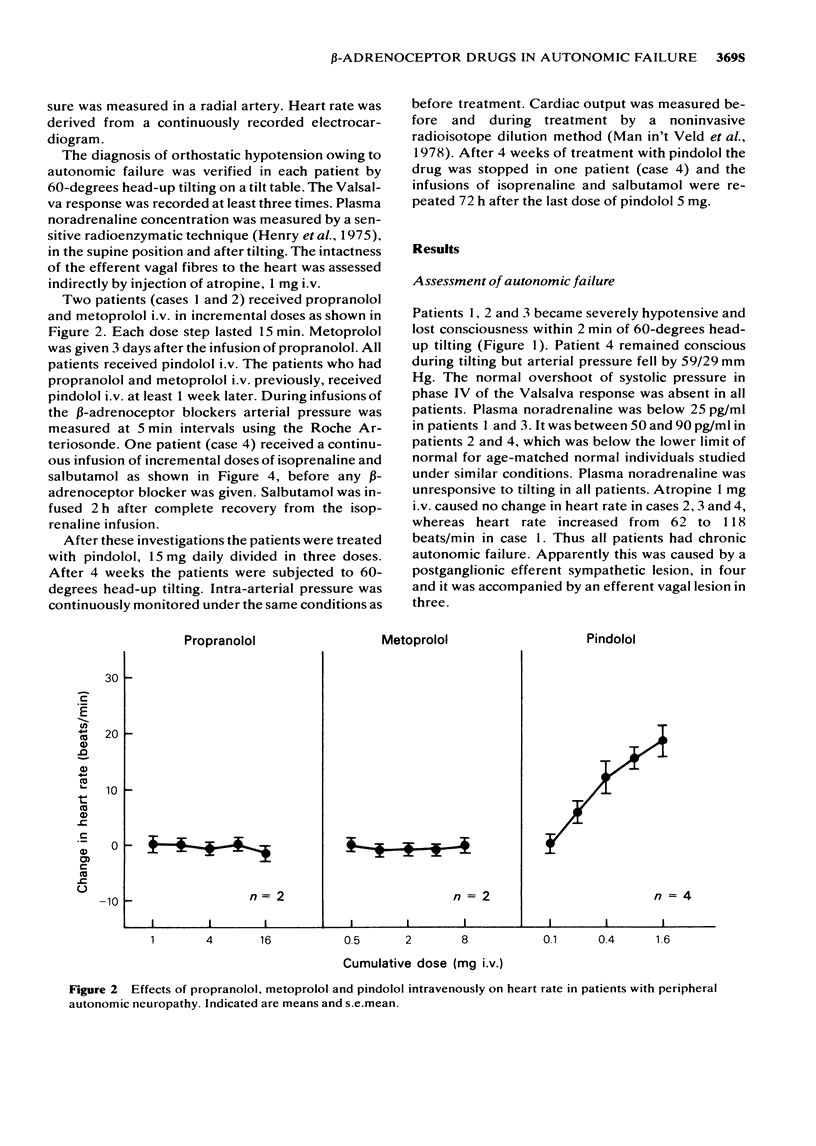
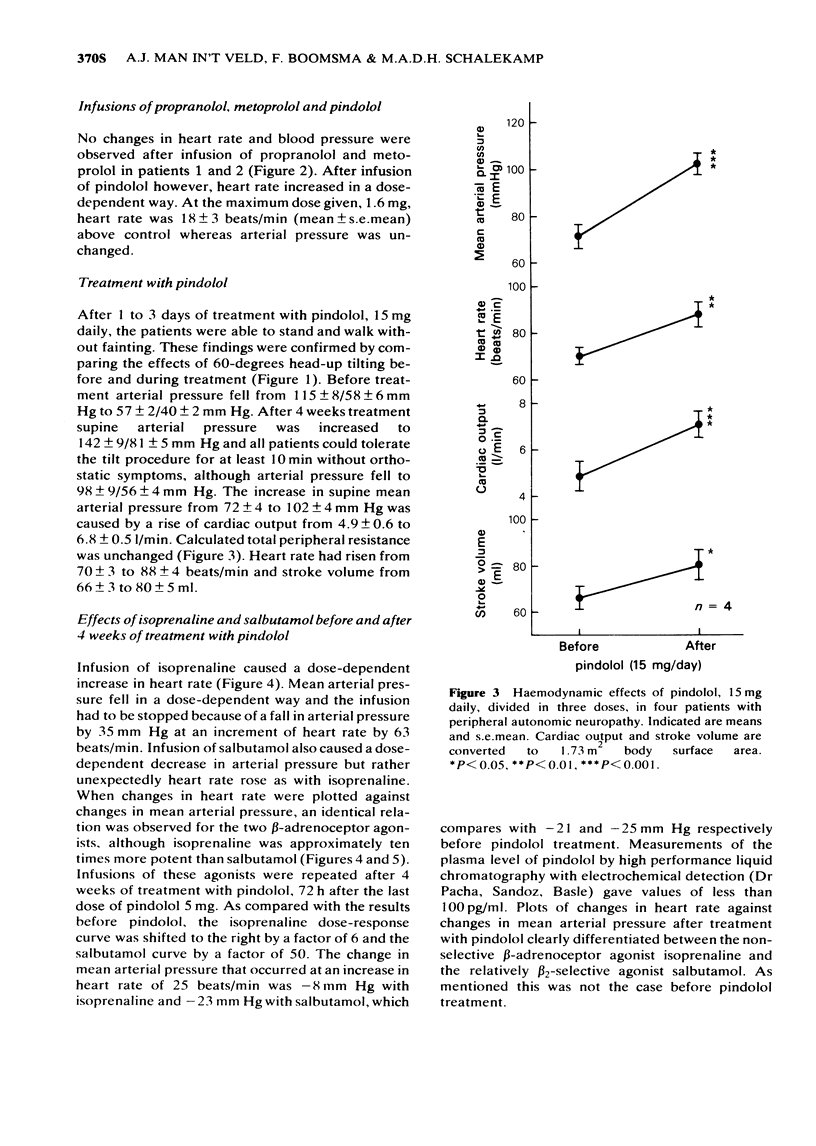
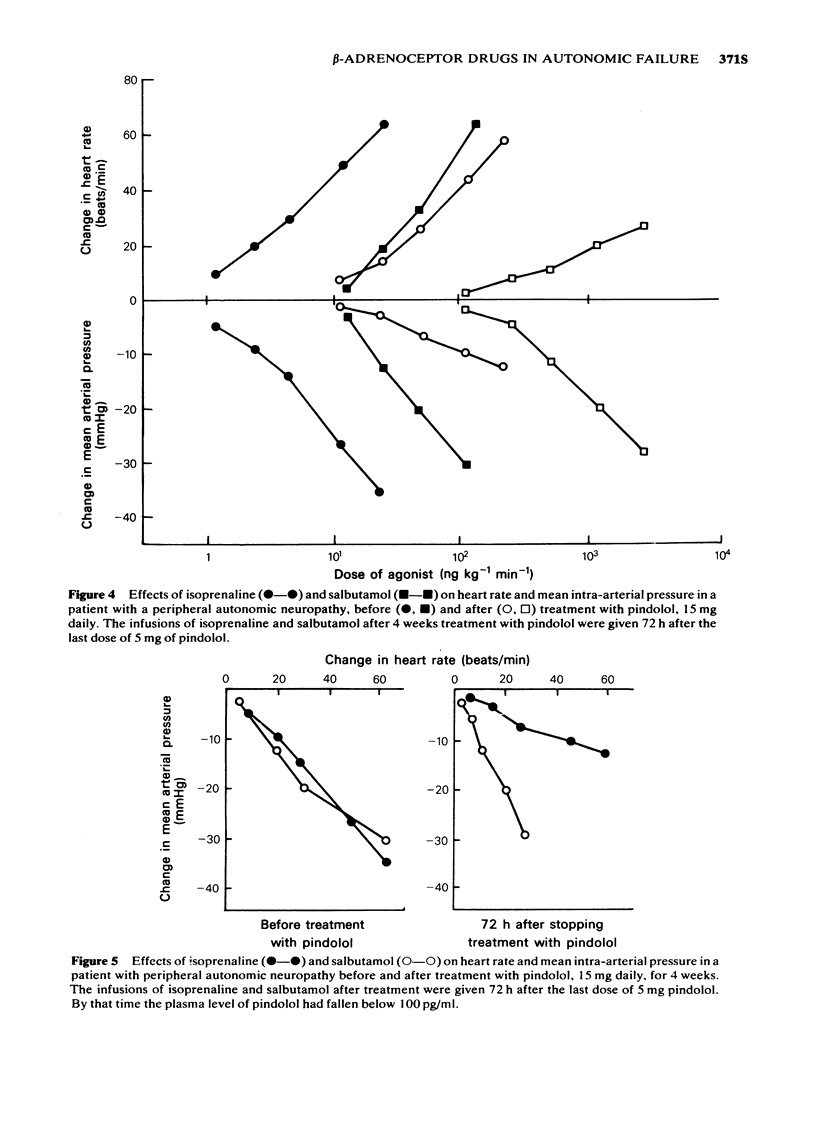
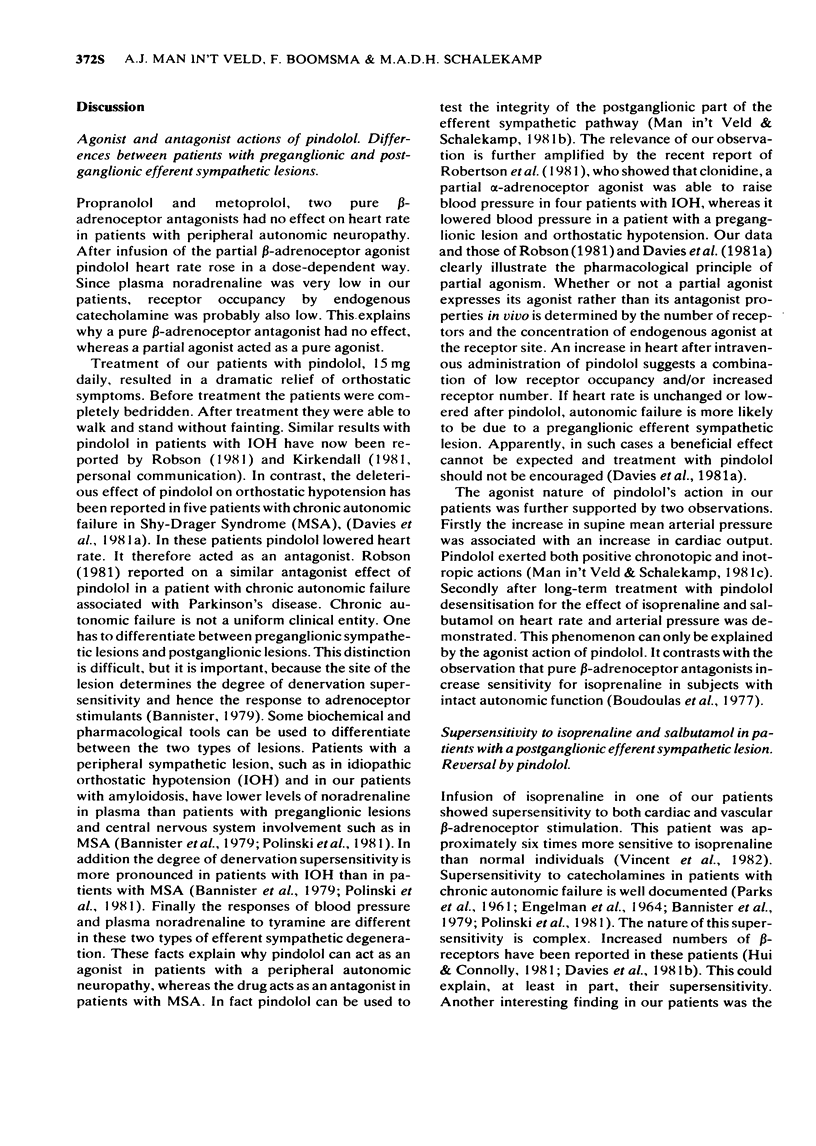
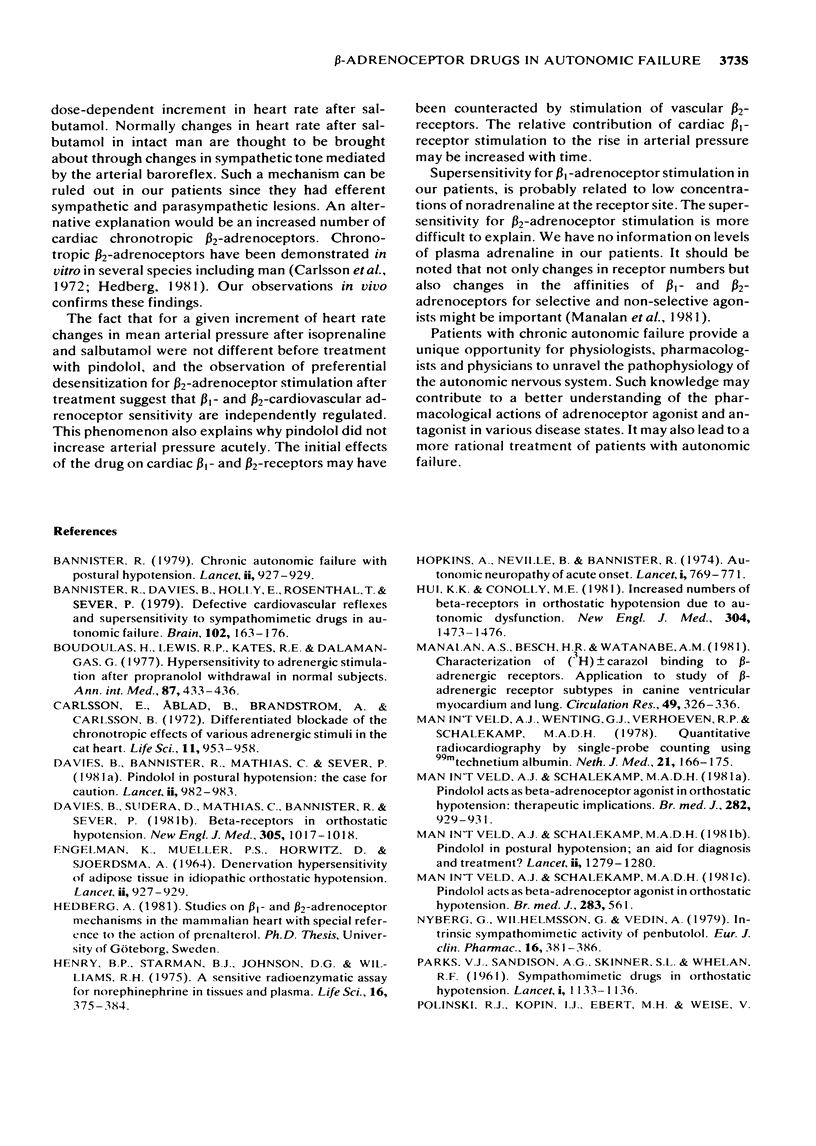
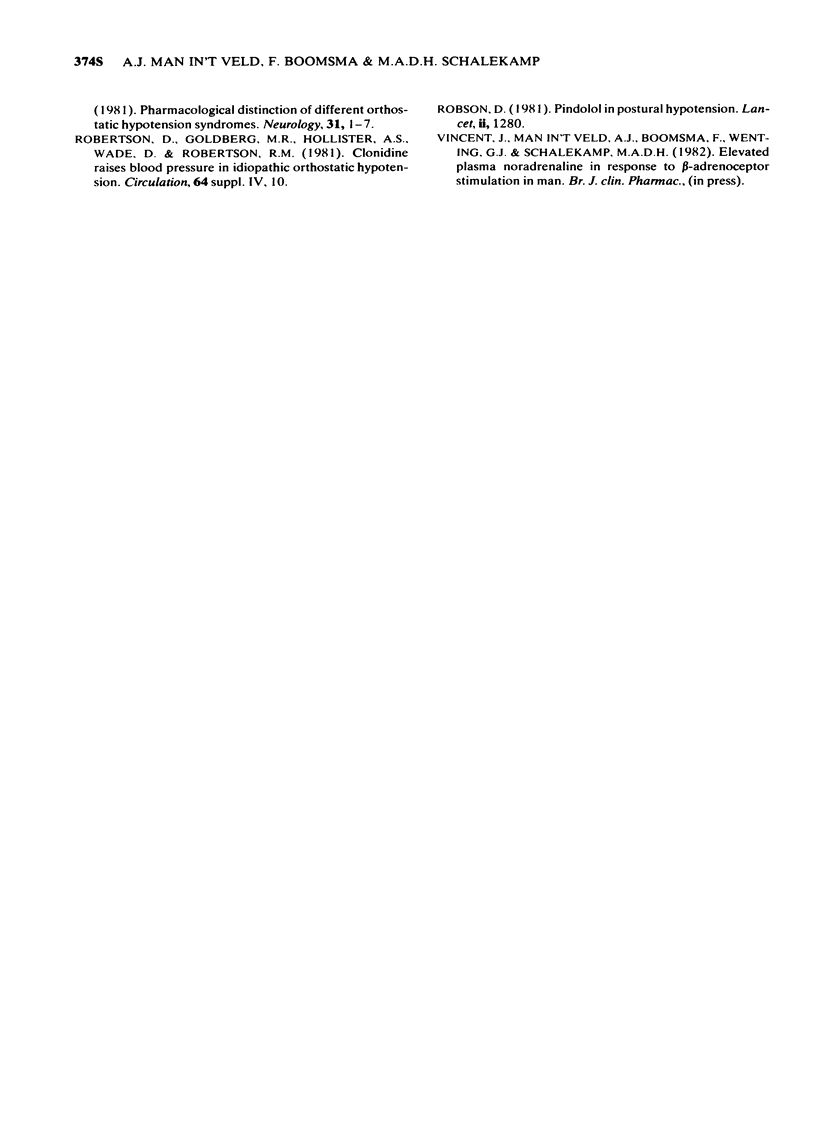
Selected References
These references are in PubMed. This may not be the complete list of references from this article.
- Bannister R., Davies B., Holly E., Rosenthal T., Sever P. Defective cardiovascular reflexes and supersensitivity to sympathomimetic drugs in autonomic failure. Brain. 1979 Mar;102(1):163–176. doi: 10.1093/brain/102.1.163. [DOI] [PubMed] [Google Scholar]
- Beta-receptors in orthostatic hypotension. N Engl J Med. 1981 Oct 22;305(17):1017–1019. doi: 10.1056/NEJM198110223051716. [DOI] [PubMed] [Google Scholar]
- Cordes L. G., Wilkinson H. W., Gorman G. W., Fikes B. J., Fraser D. W. Atypical Legionella-like organisms: fastidious water-associated bacteria pathogenic for man. Lancet. 1979 Nov 3;2(8149):927–930. doi: 10.1016/s0140-6736(79)92623-0. [DOI] [PubMed] [Google Scholar]
- ENGELMAN K., MUELLER P. S., HORWITZ D., SJOERDSMA A. DENERVATION HYPERSENSITIVITY OF ADIPOSE TISSUE IN IDIOPATHIC ORTHOSTATIC HYPOTENSION. Lancet. 1964 Oct 31;2(7366):927–929. doi: 10.1016/s0140-6736(64)90861-x. [DOI] [PubMed] [Google Scholar]
- Henry D. P., Starman B. J., Johnson D. G., Williams R. H. A sensitive radioenzymatic assay for norepinephrine in tissues and plasma. Life Sci. 1975 Feb 1;16(3):375–384. doi: 10.1016/0024-3205(75)90258-1. [DOI] [PubMed] [Google Scholar]
- Hopkins A., Neville B., Bannister R. Autonomic neuropathy of acute onset. Lancet. 1974 Apr 27;1(7861):769–771. doi: 10.1016/s0140-6736(74)92840-2. [DOI] [PubMed] [Google Scholar]
- Hui K. K., Conolly M. E. Increased numbers of beta receptors in orthostatic hypotension due to autonomic dysfunction. N Engl J Med. 1981 Jun 11;304(24):1473–1476. doi: 10.1056/NEJM198106113042407. [DOI] [PubMed] [Google Scholar]
- Man in 't Veld A. J., Schalekamp M. A. Pindolol acts as beta-adrenoceptor agonist in orthostatic hypotension: therapeutic implications. Br Med J (Clin Res Ed) 1981 Mar 21;282(6268):929–931. doi: 10.1136/bmj.282.6268.929. [DOI] [PMC free article] [PubMed] [Google Scholar]
- Man in 't Veld A. J., Wenting G. J., Verhoeven R. P., Schalekamp M. A. Quantitative radiocardiography by single-probe counting using 99mtechnetium albumin: clinical application in follow-up studies. Neth J Med. 1978;21(4):166–175. [PubMed] [Google Scholar]
- Manalan A. S., Besch H. R., Jr, Watanabe A. M. Characterization of [3H](+/-)carazolol binding to beta-adrenergic receptors. Application to study of beta-adrenergic receptor subtypes in canine ventricular myocardium and lung. Circ Res. 1981 Aug;49(2):326–336. doi: 10.1161/01.res.49.2.326. [DOI] [PubMed] [Google Scholar]
- Nyberg G., Wilhelmsson C., Vedin A. Intrinsic sympathomimetic activity of penbutolol. Eur J Clin Pharmacol. 1979;16(6):381–386. doi: 10.1007/BF00568197. [DOI] [PubMed] [Google Scholar]


